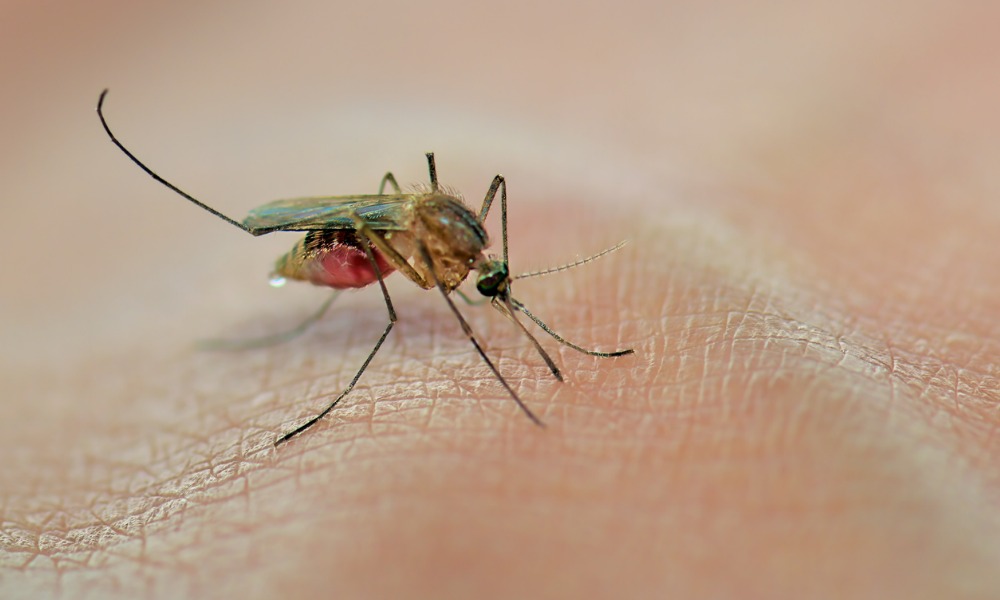Know the risks: Insect bites and stings can be life-threatening to certain individuals

Though perceived as an integral part of summer, insect bites and stings can be particularly nasty. And there is certainly no shortage of insects floating around – ticks, different varieties of mosquitoes, bees, horse flies, black flies, wasps, spiders, ants and even hornets can pose a number of risks for outdoor (and in some cases indoor) workers during the warmer months.
Insect bites and stings can have life-threating effects on individuals. For example, workers may have allergic reactions to spider bites or bee or wasp stings that could be deadly. Even minor allergic reactions can be painful. Various bugs can also carry viruses or bacteria – ticks can carry Lyme disease, while certain mosquitoes may be carriers of the West Nile virus.
Read more: Lyme disease on the rise in Canada
As with any workplace hazard, a risk assessment should be conducted to figure out whether insect bites and stings are a particular risk for workers in that environment. If insects such as wasps or bees are frequently found in your workplace, there may be nests nearby. Insect infestations should be dealt with by professionals (i.e. pest control).
Because of the rapidly changing climate, assessments should be conducted on a regular basis so that the company’s safety program and emergency planning are properly updated.
Read more: Bed bugs: the ick factor
Invest in equipment such as insect repellant (and make sure that it is approved and applied properly). Encourage workers to wear appropriate clothing – for example, workers who are at risk of tick bites will want to wear sleeves and trousers to prevent exposed skin. Employers can also invest in equipment such as netting or screens to minimize contact between insects and workers.
Educate workers on how to properly handle the threat of insects. Should they be swatting at them? What to do if the insect gets trapped in a vehicle or if a worker disturbs an ant hill or a wasp’s nest? This is basic knowledge necessary for any worker who is frequently in contact with insects. In addition, workers should also be educated on how to recognize the signs and symptoms of an allergic reaction.
Read more: Seasonal and outdoor workers: How to stay safe
Ensure that first aid training and equipment is up-to-date. In the case where contact with insects may not be preventable, employers and safety officers will want to ensure that their first aid training and equipment is up-to-scratch.
Wildlife Preservation Canada estimates that around one per cent of Canadians have sting allergies from bees, wasps and ants. While this may not translate to a large percentage of the workforce, as mentioned before allergies may be deadly so proper plans need to be in place. Regardless of allergies, bites and stings can still be perceived as painful injuries and need to be treated.
If such injuries are a risk in the workplace, employers may want to ask workers when they are hired whether they have any allergies to disclose so that proper protection measures can be put in place.





